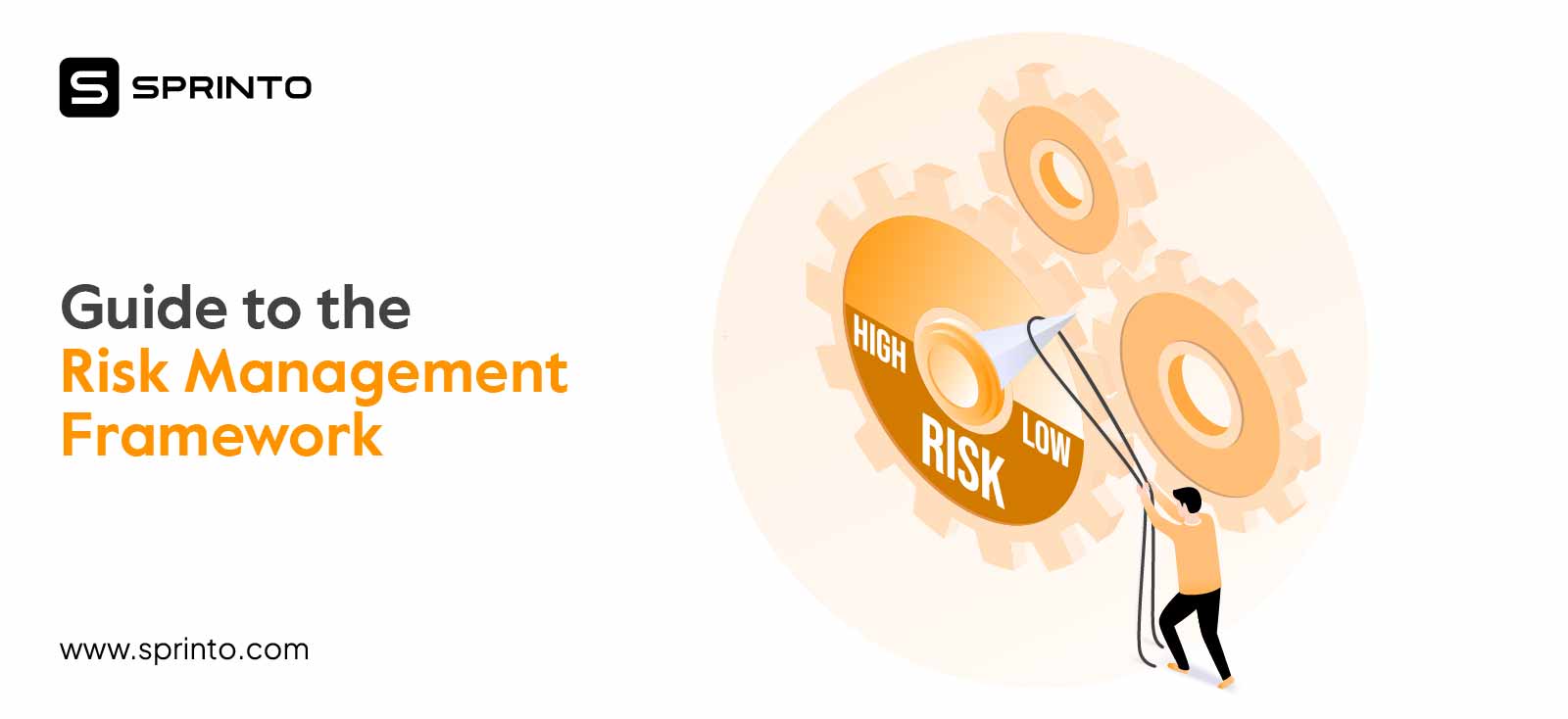Risk Assessment and Mitigation Planning

About Course
This comprehensive course provides a practical and systematic framework for identifying, assessing, and managing business risks. In today’s complex environment, the ability to make informed, risk-based decisions is a critical competency for professionals in any field. This program demystifies the risk management process, providing learners with a structured methodology that can be applied to any business challenge, from operational and financial risks to cybersecurity and project management.
Participants will learn the essential vocabulary of risk, explore proven techniques for hazard identification, and master both qualitative and quantitative analysis methods. The curriculum places a strong emphasis on actionable outcomes, teaching students how to develop effective mitigation strategies and create concrete action plans. Through real-world case studies, learners will see the entire risk management lifecycle in action, solidifying their ability to protect organizational assets and enable resilient business operations.
Course Content
Risk Concepts and Terminology
-
1. What is an Asset? The “Crown Jewels” We Protect
-
2. The Dangers: Threats and Vulnerabilities
-
3. The Risk Equation: Putting It All Together
-
4. Defining and Evaluating Risk: Likelihood and Impact
-
Key Takeaways/Summary:
Hazard Identification Techniques
Vulnerability and Impact Assessment
Quantitative vs. Qualitative Risk Analysis
Risk Mitigation Strategies and Action Plans
Case Studies and Real-world Applications
Final Exam
Certification: Certified Risk Analyst (CRA)
Student Ratings & Reviews
